
A Guide to Shipping Medical Equipment
Ship Medical Equipment Safely and Reliably
From hospital beds to high-tech diagnostic devices, FreightCenter connects you with trusted carriers and expert support to get critical equipment where it’s needed securely, quickly, and without the guesswork.
Related Freight Services for Medical Shipments:
White Glove Delivery Services Shipping Medical Supplies Shipping Pharmaceuticals and Healthcare ProductsShipping medical equipment isn’t just another box to check. You’re moving gear that can be incredibly valuable, often fragile, and in many cases, essential to patient care. Whether it’s a portable ultrasound headed to a rural clinic, a CT scanner for a hospital wing upgrade, or just getting a few machines across the state, this process has to be done right.
If you’re a hospital administrator trying to stay on schedule with an equipment rollout, a supplier making sure sensitive devices reach their destinations intact, or a facility manager overseeing a move, we get it. There’s a lot to think about. And probably not a lot of time to second-guess your shipping plan.
That’s why we put together this guide: to help you ship medical equipment with confidence. No jargon. No overcomplications. Just solid, real-world advice from people who’ve seen what can go wrong—and how to make it go right.
At FreightCenter, we’ve helped thousands of teams ship medical equipment both across the country and overseas. We’re not here to sell you a dream or toss out buzzwords. We’re here to help you figure it out, step by step, so the proper equipment gets where it needs to be safely, securely, and on time.
Thousands of businesses trust FreightCenter to move their freight faster, smarter, and cheaper! From unbeatable rates to top-notch service, our customers are raving about their shipping success.
See why they keep coming back!
Award-Winning Service, Trusted by Shippers Everywhere!
- 2021, 2017 & 2016 Food Logistics’ Top Green Providers
- 2021 & 2018 Supply & Demand Chain Executives’ Pros to Know: Matthew Brosious
- 2020 & 2019 Top Food Logistics’ 3PL & Cold Storage Provider Award
- 2020 & 2019 Business Observer’s Top 500 Companies on the Gulf Coast
- 2020 & 2017 SmartWay® Transport Partner
- 2020 & 2017 Food Logistics’ Champions: Rock Stars of the Supply Chain
- 2020 Best of Palm Harbor Awards for Local Businesses
- 2017 Green Supply Chain Award from Supply & Demand Chain Executive
- 2017 Tampa Bay Business Journal Heroes at Work
- 2016, 2015, & 2012 Food Logistics Top 100 Software and Technology Providers
- 2013 Tampa Bay Business 100 by Tampa Bay Business Journal
- 2013 Top 100 Great Supply Chain Partners by SupplyChainBrain
- 2012 TIA Samaritan Award Honorable Mention
- 2012, 2011 & 2010 TBBJ Fast 50 Recipient
- 2013, 2011, & 2010 Diversity Business Top Businesses
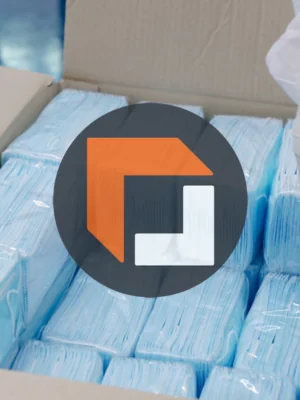
Why Choose FreightCenter?
Shipping medical equipment isn’t just about getting it from A to B, it’s about trust. When you ship with us:
-
We know this freight. We’ve shipped thousands of healthcare loads, from portable defibrillators to full clinic setups.
-
We match you with the right carrier. We work with vetted freight partners experienced in handling delicate, high-value loads.
-
We give you real support. You’ll talk to someone who knows what they’re doing, not a chatbot or a call center script.
-
We make it easy. From quoting and booking to paperwork and tracking, we simplify the process.
Choosing the Right Shipping Method for Medical Equipment
Shipping medical equipment isn’t just logistics—it’s about getting life-saving tools where they’re needed, safely and on time.
Urgency matters. If it’s an emergency shipment—like a critical replacement part or vital monitoring device—go with expedited or overnight delivery. For less time-sensitive deliveries, standard ground or freight may work just fine.
Long distances or international routes require more planning. Choose a method that handles customs smoothly and offers reliable tracking throughout the trip.
Size and weight count. Not all shipping methods or carriers can accommodate large or oddly shaped equipment. Make sure the carrier can manage the freight dimensions and offers specialized medical handling if needed.
Temperature-sensitive? You’ll need cold chain solutions—think insulated packaging or refrigerated transport. Not every service includes this, so double-check.
Insurance and tracking provide peace of mind. You’re shipping valuable gear. Knowing where it is—and protecting its value—helps avoid nasty surprises.
Pro tip: FreightCenter can help you compare costs and service levels across multiple carriers so you can choose confidently.
Packaging Medical Equipment for Safe Shipping
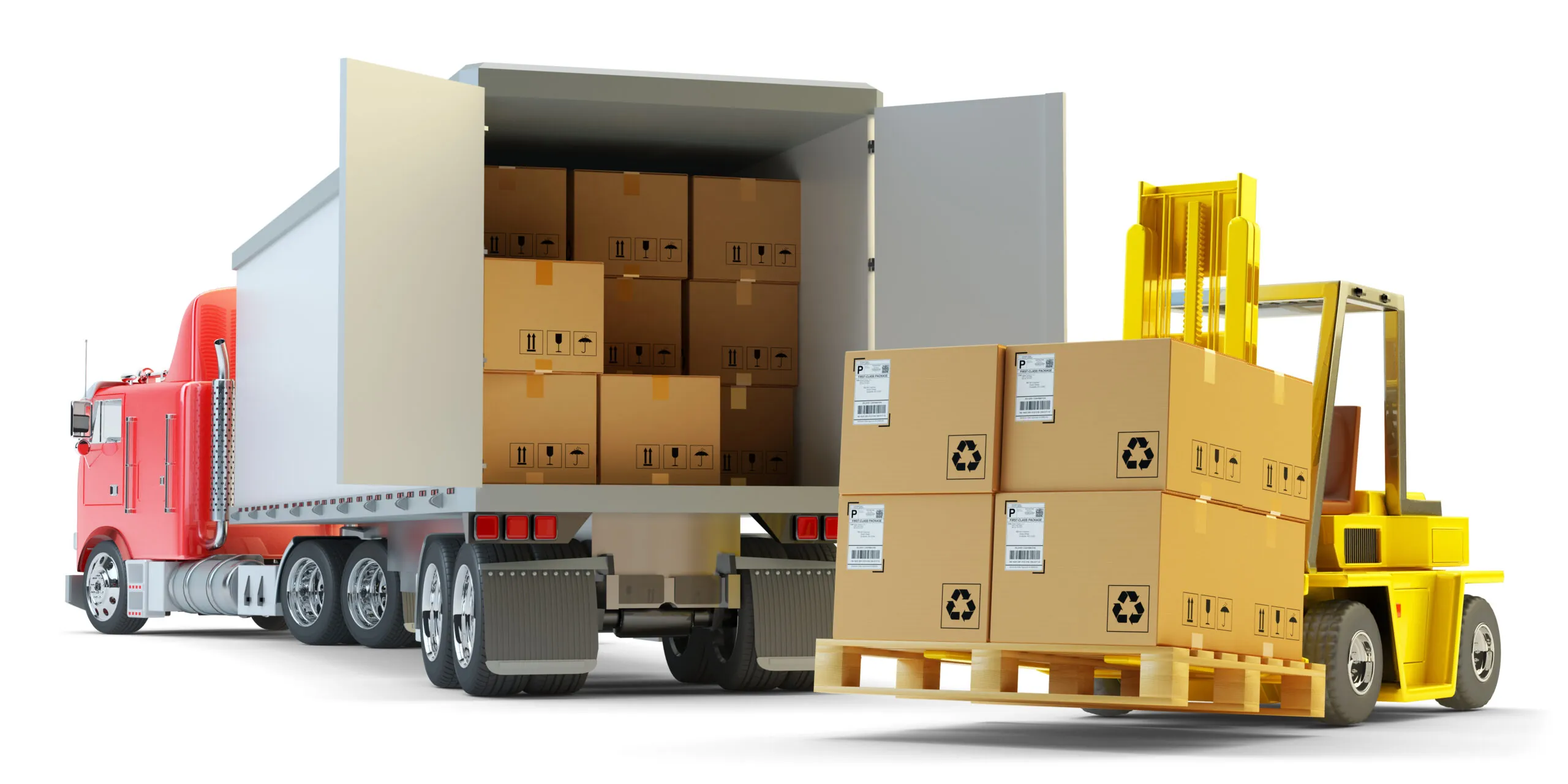
If you’re shipping medical equipment, there’s a lot riding on the packaging. These items are often delicate, expensive, and needed urgently. A cracked monitor or jostled part can cause major setbacks, especially when patient care is involved. That’s why packing it right matters so much.
Start with solid materials. Use strong boxes that hold up under pressure. For more fragile items, add layers of protection—foam inserts, molded trays, or thick bubble wrap. The goal is to cushion the equipment and keep it from shifting around.
Disassemble if needed. Taking apart removable pieces can lower the risk of breakage. Just be sure to wrap and label everything clearly to make reassembly easier on the other end.
Mind the temperature. If you’re shipping items that can’t handle extreme temps—like diagnostic tools, certain machines, or medication components—use insulated containers or gel packs. Check with your carrier on any restrictions for cold packs or dry ice.
Seal it well. Tape the box securely and add clear labels: “Fragile,” “This Side Up,“ or anything else handlers should know. The clearer your instructions, the safer your shipment.
For oversized equipment, go custom. Some gear needs its crate, which is built specifically for its size and shape. Custom crating helps keep heavy or oddly shaped items stable and protected during long-distance moves.
Labeling Medical Equipment Shipments
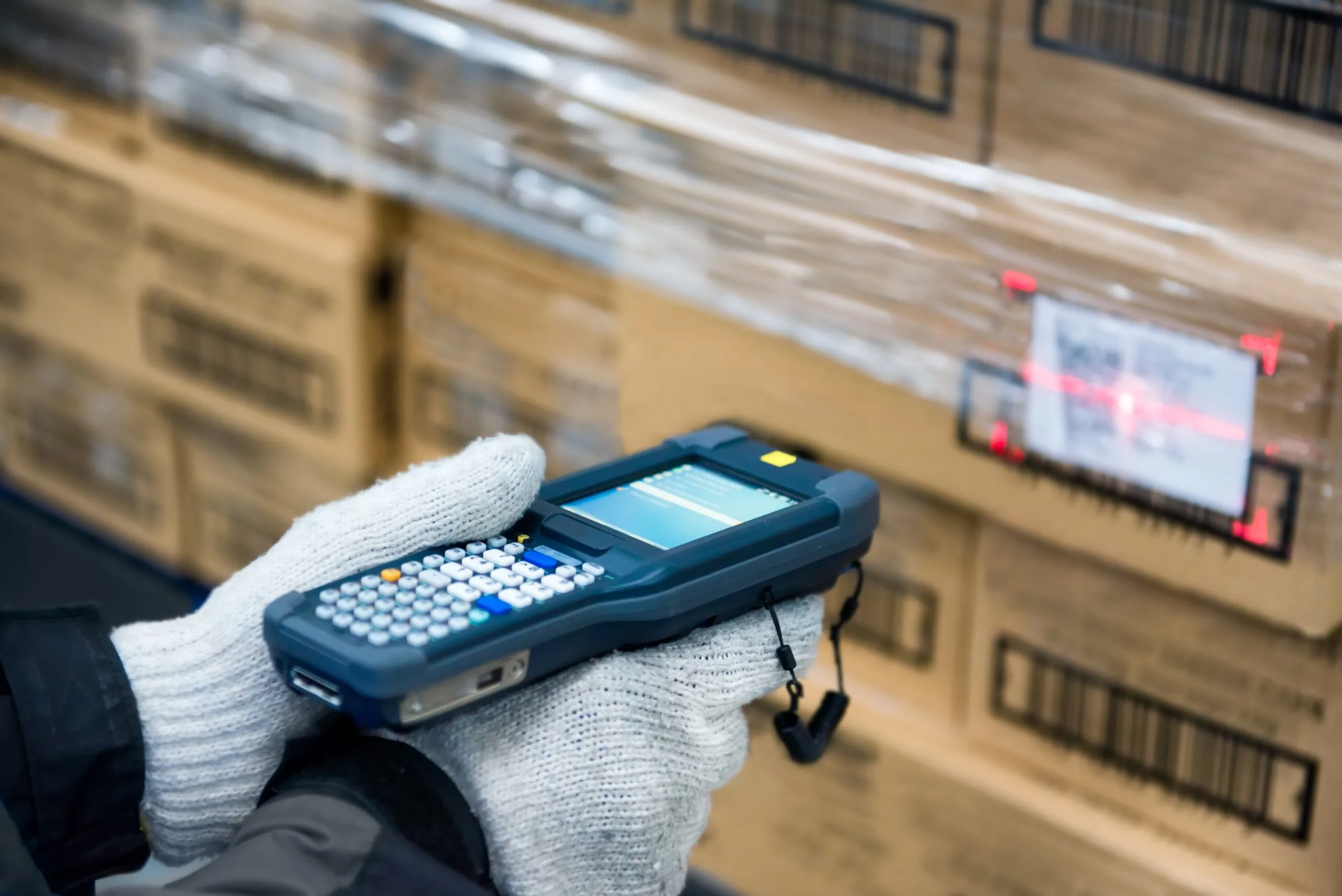
Labels are more than just an address. They’re your instructions to everyone who touches the shipment—and when done right, they help avoid delays, confusion, or damage.
Include full contact info. That means a complete delivery address and a return address are both printed clearly. One wrong digit on a ZIP code can send your package in the wrong direction.
Call out special handling needs. If it’s fragile, label it. If it needs to stay upright, say so. Don’t assume handlers will know—it’s better to spell it out.
Use waterproof, durable labels. Medical shipments might face rough weather or warehouse conditions. A smudged or unreadable label can slow everything down. Stick with labels that can stand up to moisture and friction.
Add tracking and barcodes. These make it easier for carriers to scan and sort your package quickly, and let you (and your recipient) keep an eye on it during the journey.
Shipping internationally? Double-check the customs requirements and include any specific labels or forms the destination country needs. Getting held up in customs can delay critical deliveries.
Temperature-sensitive? Use temperature indicators. These are stickers or tabs that change color if the shipment gets too hot or cold—an easy way to verify that your equipment stayed in the safe zone.
Shipping medical equipment can get expensive fast, especially when you're dealing with bulky machines, sensitive electronics, or shipments that need to travel a long way. If you've ever found yourself wondering whether you're paying too much or choosing the right service, you're definitely not alone.
The good news? You don't have to guess, and you don't have to settle for a one-size-fits-all solution. Whether you're managing a single shipment or coordinating regular deliveries, it's worth taking the time to find the right balance between cost, speed, and specialized care.
Getting a quote is simple. Just enter your shipment details on our website:
Pickup and delivery locations
Equipment dimensions and weight
Special handling needs like liftgate, white glove, or temperature control
We’ll instantly show you real quotes from top-rated freight carriers—many of which specialize in transporting sensitive medical gear.
We work with a wide network of LTL and FTL carriers, as well as those who handle complex healthcare shipments daily. Whether you're shipping a single ventilator or a full truckload of imaging equipment, we know which carriers can handle it best and we’ll connect you with them.
Once your shipment’s booked, you can track your medical equipment every step of the way using our online tools. You’ll always know where your freight is and when it’ll arrive.
FreightCenter provides transparent pricing, meaning the quotes presented to customers include all the relevant costs associated with the shipment.

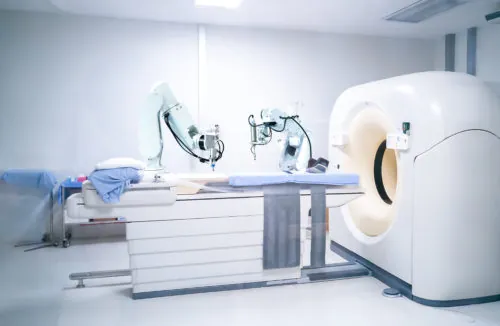
Ready to Ship Your Medical Equipment?
Don’t leave it to chance. Let our experienced freight agents help you move your equipment the right way.
Or call (800) 716-7608 to speak with a logistics specialist.
Frequently Asked Questions About Shipping Medical Equipment
Q. What’s the best way to ship medical equipment?
Q. Can I ship medical equipment internationally?
Yes. FreightCenter offers air and ocean freight services with customs documentation assistance for international shipments of healthcare devices.
Q. How do I package fragile medical devices?
Use foam inserts, double boxing, and anti-static padding. Secure moving parts and clearly label as “Medical Equipment” and “Fragile.”
Q. Do I need special freight insurance?
Yes. We recommend purchasing supplemental insurance for high-value or life-saving equipment to cover full replacement costs.
Q. Can I schedule inside delivery to a clinic or hospital?
Absolutely. We offer white glove and inside delivery services for medical offices, facilities, and home care situations.
Q. Can I ship used or refurbished medical devices?
Yes. Just ensure they are clean, clearly labeled, and described accurately. Proper packaging is especially important for used equipment.
Q. How fast can I ship medical equipment?
With expedited freight, shipments can arrive in as little as 1–2 days depending on distance and carrier availability.
Q. What freight class is medical equipment?
It typically ranges from Class 125 to 175 depending on packaging, density, and fragility.
Q. Can I track my medical equipment shipment?
Yes. FreightCenter provides full shipment tracking and proactive updates throughout the process.
Q. What if my medical equipment requires temperature control?
We can arrange temperature-controlled freight solutions for sensitive electronics or storage-reliant devices.
Q. How do I get a freight quote for medical equipment?
Use FreightCenter’s online quote tool or call us directly for help with more complex medical shipments.
Q. What if I need help loading or unloading?
Ask us about liftgate services, inside pickup, or white glove delivery options for both residential and commercial locations.
Q. Can I ship medical beds or chairs with accessories attached?
Yes, but you’ll want to secure moving parts and remove loose accessories for safety.
Q. Is there a weight limit for shipping medical equipment?
No hard limit, but heavier equipment may require special equipment or heavy-haul services. We’ll help you figure it out.
Q. Why choose FreightCenter for shipping medical equipment?
We know the logistics, the regulations, and the best carriers for sensitive shipments. We take your freight seriously—because your gear saves lives.
Surprising Facts About Medical Equipment Shipping
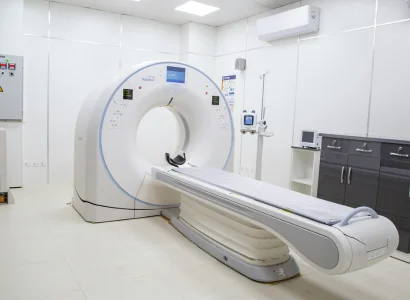
Some MRI Machines Weigh Over 15,000 Pounds
Magnetic Resonance Imaging (MRI) machines are among the heaviest pieces of medical equipment in use today. The magnet alone can weigh more than 10,000 pounds, requiring special rigging, heavy-haul trailers, and reinforced floors during shipping and installation.

Medical Equipment Is One of the Most Frequently Returned Freight Types
Due to recalls, leasing programs, or equipment upgrades, medical equipment has a surprisingly high return rate. That means packaging and tracking aren’t just one-time concerns—they’re essential throughout the entire equipment lifecycle.
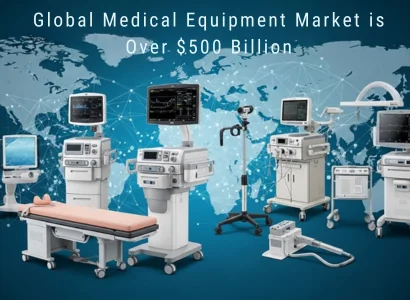
The Global Medical Equipment Market Is Worth Over $500 Billion
The demand for medical equipment—from diagnostic machines to home healthcare devices—has grown rapidly worldwide. In fact, the global market for medical equipment surpassed $500 billion in recent years, driven by aging populations, technological advancements, and increased access to healthcare. That means more equipment is being shipped than ever before—locally and internationally.

